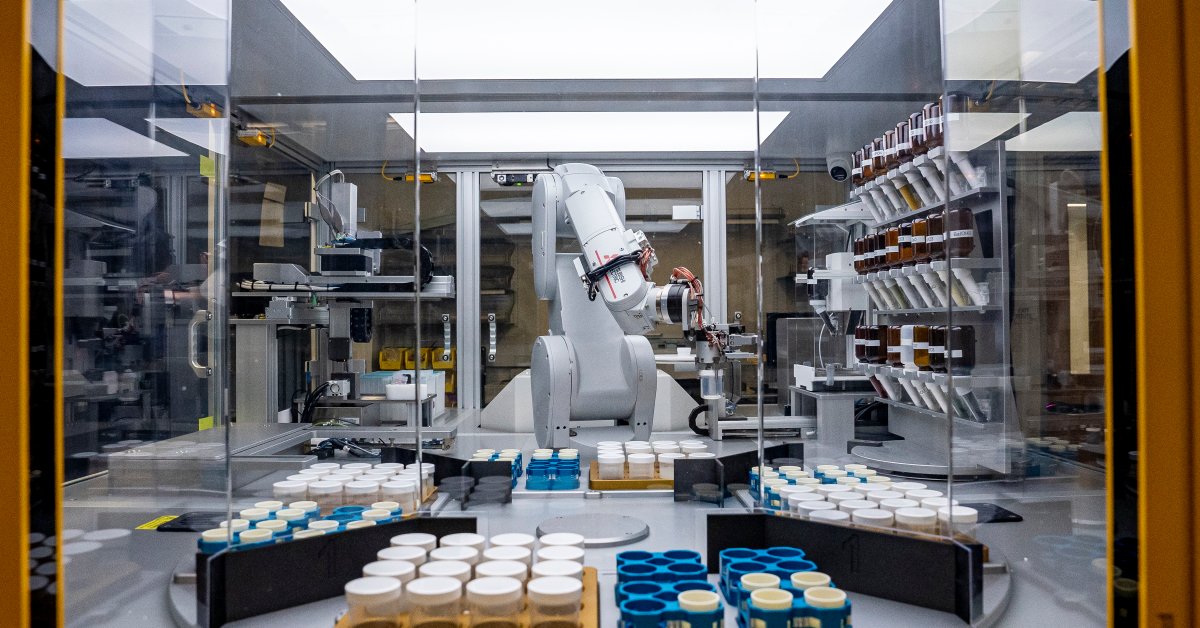Google DeepMind researchers have harnessed artificial intelligence to forecast the structures of over 2 million novel materials, marking a significant advancement with potential widespread implications in fields like renewable energy and computing.
In a groundbreaking move, DeepMind has released 381,000 out of the 2.2 million crystal structures it has projected to be the most stable. This breakthrough translates to a tenfold increase in the known stable materials count. While the synthesized testing of these materials remains a time-consuming process, the latest development is poised to expedite the discovery of new materials crucial for applications such as energy storage, solar cells, and superconductor chips.
Ekin Dogus Cubuk, a Staff Research Scientist at Google Brain involved in the development of the Graph Networks for Materials Exploration (GNoME) AI tool, emphasized the pivotal role of materials in technology. He highlighted the scarcity of known stable materials, especially those suitable for specific technologies like solid electrolytes for advanced batteries. The quest for such materials is constrained by various criteria, underscoring the limited options available for revolutionary advancements in battery technology.
Traditionally, the discovery of new stable materials has relied on trial and error methods or principles derived from solid-state chemistry. This process is not only costly but also time-intensive, with human experimentation yielding the structures of only 20,000 stable materials to date. Computational predictions of new materials have been attempted previously, notably by initiatives like the Materials Project, resulting in the identification of an additional 28,000 stable materials.
GNoME, trained on material structure and stability data from the Materials Project, proposes new structures deemed likely to be stable. By leveraging established computational techniques to assess material stability accurately, the researchers refined GNoME’s predictions. Subsequently, Google DeepMind integrated 381,000 potentially stable materials into the Inorganic Crystal Structures Database (ICSD), collaborating with external researchers to synthesize 736 of them successfully.
Among the identified materials are potential lithium ion conductors for batteries and new layered compounds akin to graphene, hinting at prospects for novel superconducting materials. While predicting material stability provides a target for materials scientists, significant efforts are still required in material synthesis, property testing, and large-scale production methods.
Efforts to expedite material synthesis are underway, with initiatives like the A-Lab automating the process. This autonomous approach to material design and synthesis showcases the potential for AI-driven advancements in material science, heralding a future where materials are autonomously designed and synthesized.
GNoME’s predictive capabilities extend beyond stability assessment to properties like efficient ionic conduction, crucial for battery technology. The researchers are optimistic about the potential of future AI tools to predict additional valuable properties, underscoring the transformative impact of AI in material science and beyond.






